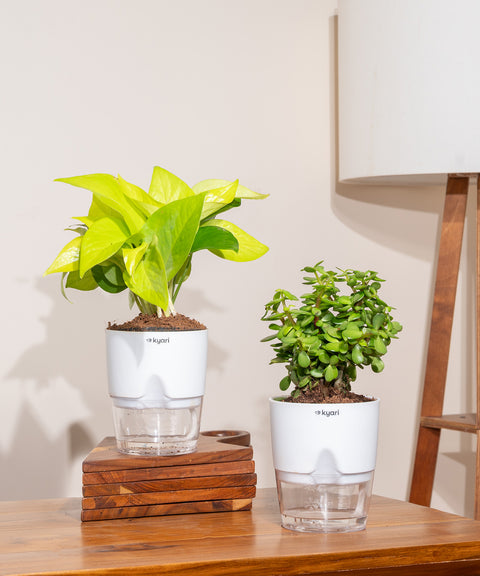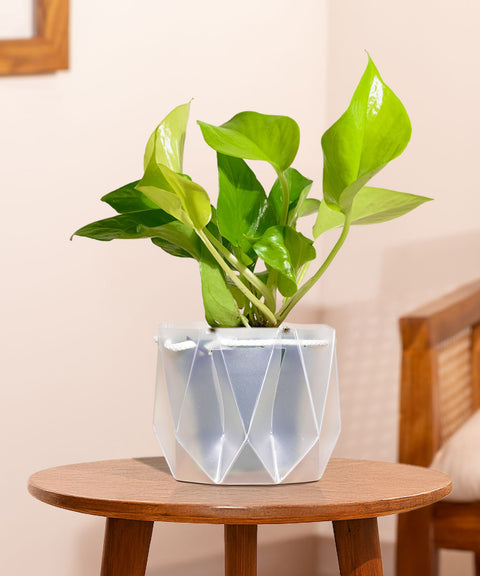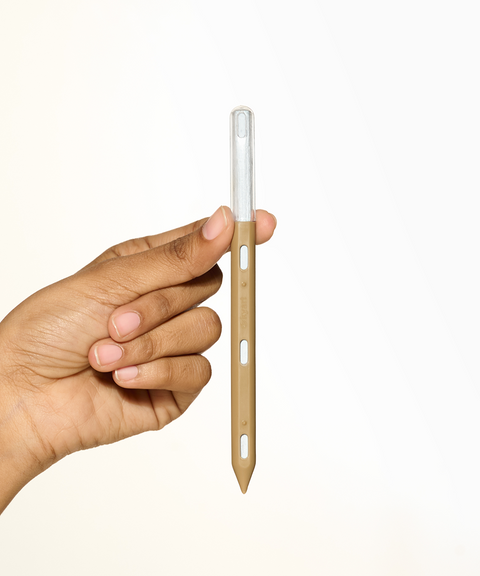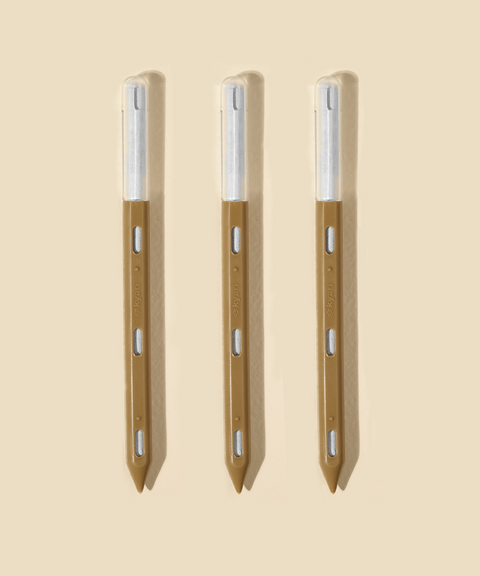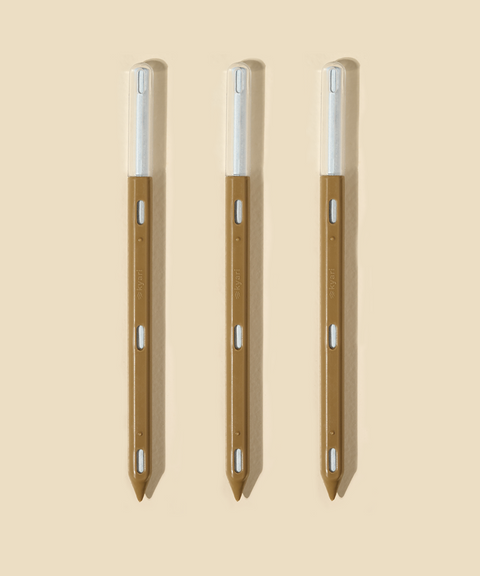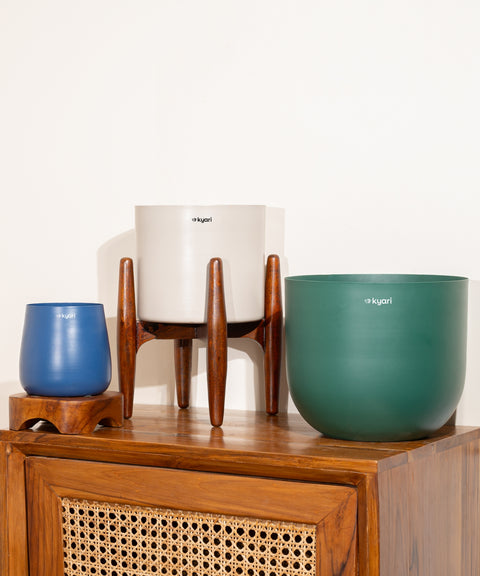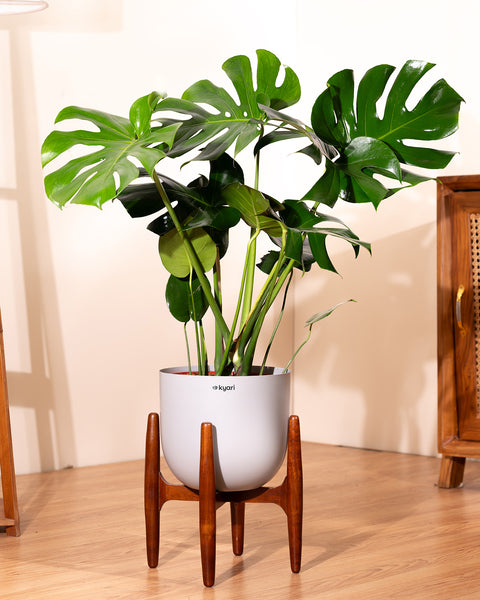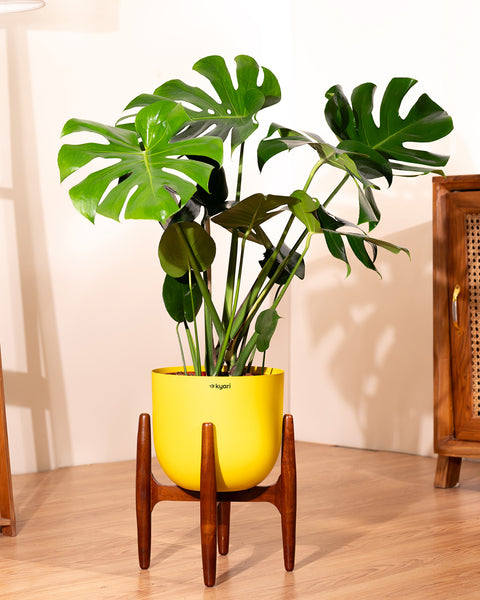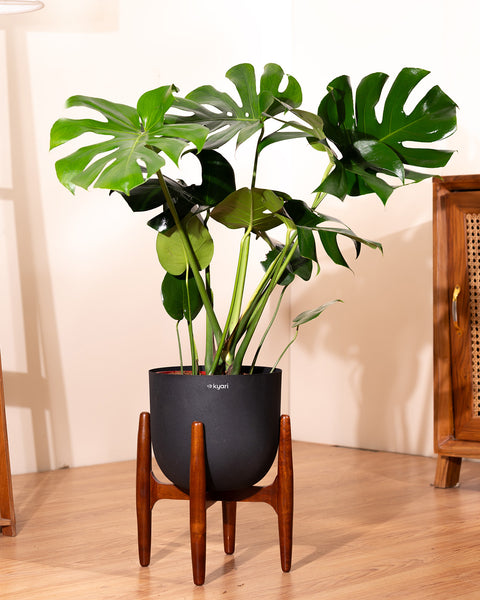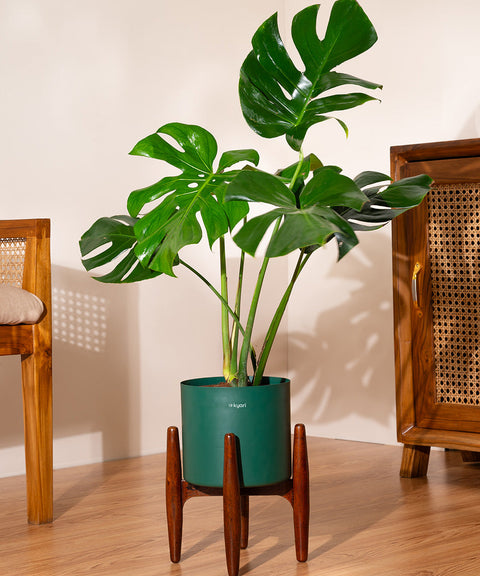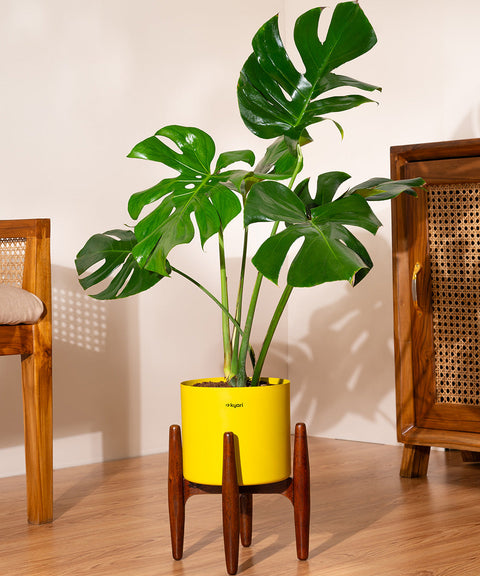Anthuriums are a popular houseplant known for their striking blooms and glossy green leaves. In this blog, we'll explore the different types of Anthuriums, how to care for them, and how to propagate them for more plants to enjoy. Check out some key benefits of the plant.

Purifies indoor air
The plants feature large, dark leaves that suck up ammonia, formaldehyde, toluene, and xylene from the air, allowing you to breathe clean and fresh air.
Brings good luck
According to Feng Shui, these plants capture positive energy. They are lucky plants and they bring some positive changes in your relationships. The anthurium flower is known universally as a symbol of hospitality, and it beautifies any corner of your home instantly.

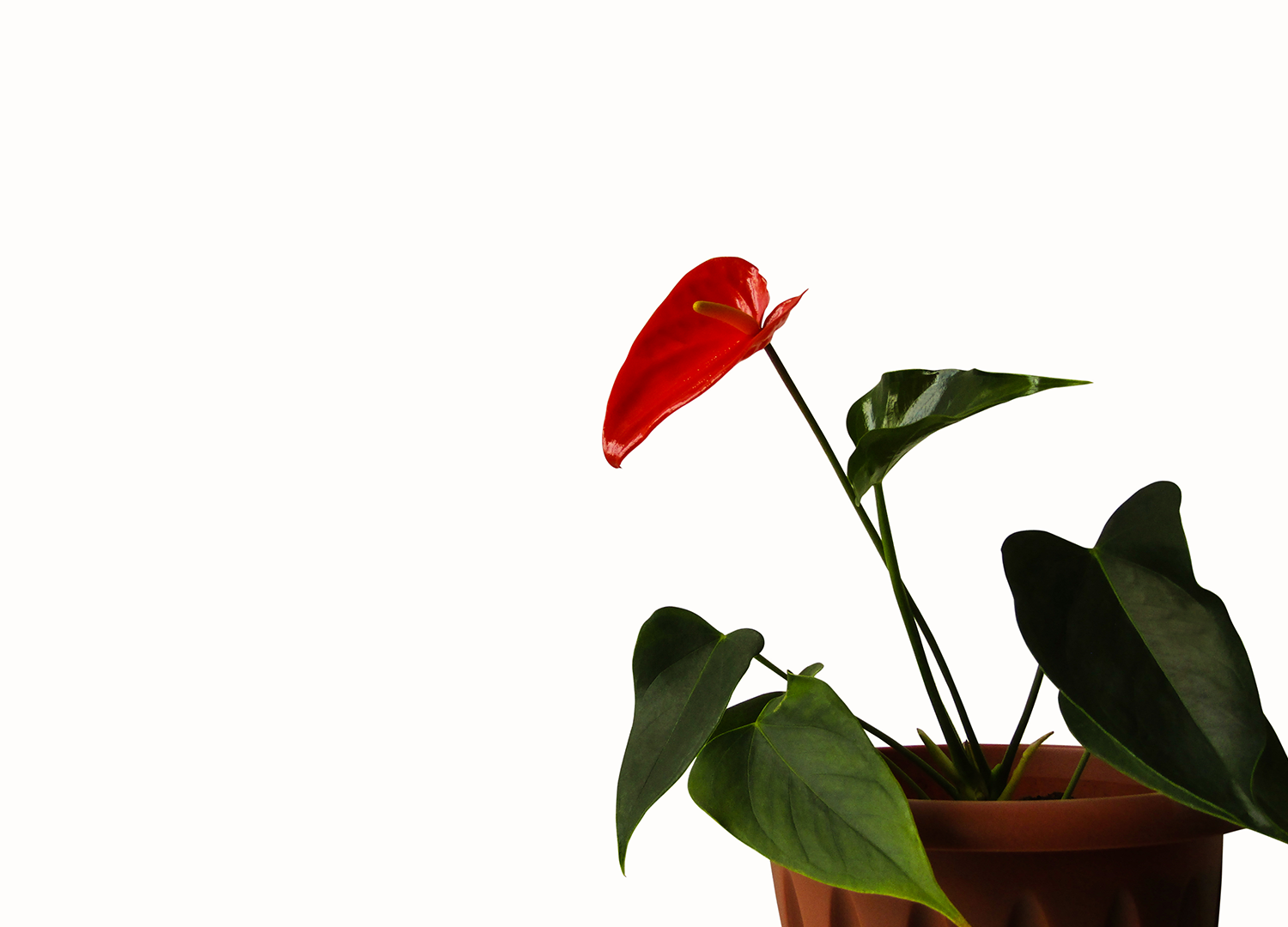
A perfect plant for your bedroom
The plant provides copious oxygen with its greenery, and hence, placing it in your bedroom can be helpful for those who find it difficult to fall asleep.
One of the best Vastu plants
Peace Lily, Snake Plant, Anthurium, ZZ Plant, and Pothos are some of the best Vastu plants that can be placed in your living room.


Types of Anthuriums
- Anthuriums come in a variety of colors and shapes. Here are some of the most popular types of Anthuriums:
- Anthurium Scherzerianum: Also known as the flamingo flower, this type of Anthurium has bright red or orange flowers.
- Anthurium Andraeanum: This type of Anthurium has heart-shaped flowers in shades of pink, white, or red.
- Anthurium Crystallinum: This type of Anthurium has large, velvety leaves that are a deep green color with silver veins.
- Anthurium Clarinervium: This type of Anthurium has heart-shaped leaves with prominent white veins.
Care for Anthuriums
Anthuriums are relatively easy to care for, but they do have a few specific needs. Here are some tips on how to keep your Anthurium healthy and happy:


- Light: Anthuriums prefer bright, indirect light. Direct sunlight can scorch their leaves. Note that direct sunlight will scorch the leaves as well as the flowers. When placed in low light, it will slow growth, dull the color, and can reduce the number and size of flowers. You need to place these plants in a setting where they will receive at least 6 hours of bright indirect sunlight each day.
- Water: Water your Anthurium when the top inch of soil is dry. Keep watering until you see the water seeping out of the drainage hole. The plant will need water as per the light and warmth offered to the plant. Do not overwater, as this can lead to root rot.
- Soil: Use a well-draining potting mix to ensure that your Anthurium's roots do not become waterlogged.
- Fertilizer: Feed your Anthurium with a balanced, water-soluble fertilizer once a month during the growing season.


Propagation of Anthuriums
Anthuriums can be propagated in a few different ways. Here are some methods of propagation:
Division: When your Anthurium becomes too big for its pot, you can divide it into smaller plants by carefully removing it from its pot and separating the root ball into smaller pieces. Each piece can then be planted in its own pot.


Stem Cuttings: Take a stem cutting that is 6-8 inches long, remove the leaves from the bottom of the stem, and place it in water or soil until it develops roots.
Seed Propagation: You can also propagate Anthuriums from seeds, but this method is less common.

Final thoughts
In conclusion, Anthuriums are a stunning and easy-to-care-for plant that can add a touch of color and elegance to any space. With the right care and propagation methods, you can enjoy this plant for years to come.
Read more
English ivy: Care, Types & Propagation
How to Grow and Care for Hydrangeas?
Repotting the Plant: Things to Keep in Mind








 Limited Time Deal
Limited Time Deal
 BYOB - Small Plants
BYOB - Small Plants











